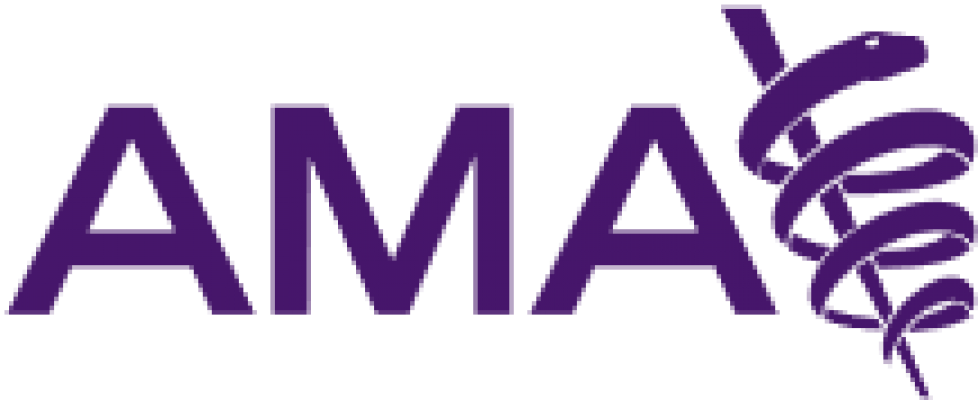5 tips to succeed with remote patient monitoring
Adopting the latest technological advances that can take your practice to a new level can also seem like a daunting task. And data show that physicians can be slow to adopt new ways: On average, it has taken nearly 17 years for new health care technologies to saturate the market.
Aiming to reduce that time, the AMA has created a Digital Health Implementation Playbook that is a thorough guide on the key steps, best practices and resources to help physicians and their practices integrate technology efficiently and effectively. Download the Playbook now.
AMA Digital Health Strategy Manager Stacy L. Lloyd, MPH, recently walked physicians and others through the guidebook and its first use case, remote patient monitoring (RPM). The 12-step Playbook is based on input and lessons learned from more than 80 physicians, care team members, health care administrators, patients and digital health thought leaders nationwide. It includes first-hand stories of practices who have been through the process and lays out the most efficient path to implementation of this technology to use.
The Playbook’s first six steps are key to implementing any digital health solution; the second six steps focus on a specific digital health solution.
Related Coverage
2019 CPT codes offer new paths to payment for digital medicine
Here are five tips from a webinar, “An Introduction to the AMA Digital Health Implementation Playbook,” that Lloyd presented.
Identify your need. Make sure your digital health implementation is grounded in something that will truly help your practice. Work on projects that align with physician and staff needs and the organizational strategy. Doing this brings purpose and context to the project, helps key stakeholders buy into the project and improves the long-term stability for the project.
Create the right team. Include people with diverse perspectives to anticipate barriers to implementing the technology from all angles. The right team ensures more people will buy into the project early on and helps minimize workflow disruption when the project is implemented. Consider organizing key stakeholders into four teams: core, leadership, advisory and implementation.
Design your workflow. To make remote patient monitoring smooth for staff and patients, it is best to document the existing workflow and identify what may need to change to accommodate the new technology. Some things to consider include:
- How will you engage and educate patients?
- Manage the devices?
- Monitor data?
- Manage interventions?
- Code and bill?
Involve the care team and patients. For remote patient monitoring—or any digital health solution—to be successful, the care team and patients must understand and be a part of the change. Staff need to understand the program’s importance, be motivated to participate and grasp their responsibilities in being part of the success. Preparing staff means training them to collect and analyze data and ensuring they present the information to physicians in a clinically relevant way.
Because RPM relies on patient engagement, staff also must be prepared to teach patients the skills, knowledge and mindset needed for the program to run successfully. It’s also important for them to take the time to talk with patients about how RPM can help them reach their goals.
When educating patients, keep in mind that they need to:
- Be confident with the technology they will use.
- Get motivated to participate and generate accurate data.
- Know how their data will contribute to their care.
- Feel empowered to troubleshoot problems they encounter.
Evaluate, improve, grow. Early on as you create the program, make sure you set specific short- and long-term goals that have measurable metrics. Also, establish a process to track your progress. By having those items in place before the project gets off the ground, you will more easily be able to evaluate your success and identify places for improvement once the project is up and running.
When it comes to remote patient monitoring, you can evaluate patient outcomes and engagement and observe impacts on satisfaction, financial and operational measures. Having these metrics will allow your practice to determine whether to expand the remote patient monitoring program to more patients or rework the programs to perform better. If ready for expansion, the data will help justify continued or expanded funding.

